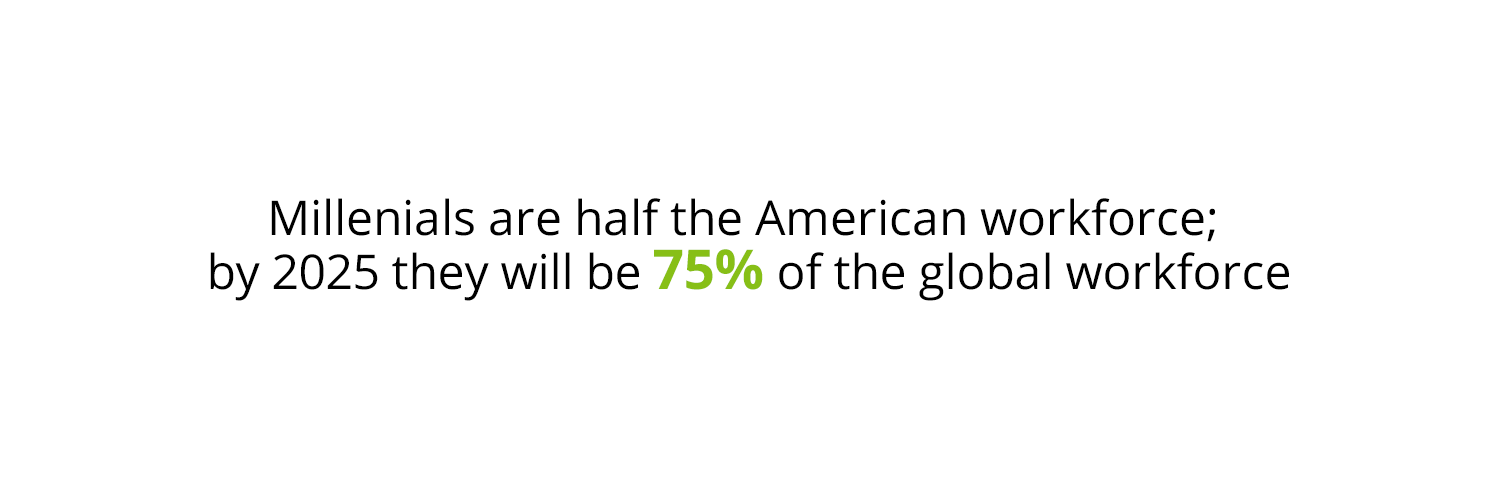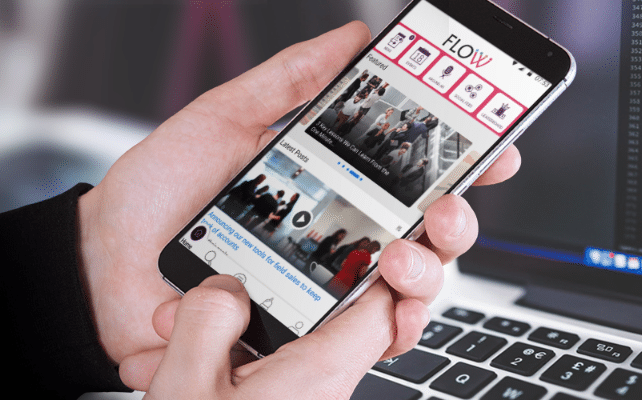Understand the modern employees’ psyche and consider these 7 tips when developing a communication strategy to keep your employees motivated during the lockdown.
With the advent of COVID-19, work from home is now the new normal, adding unneeded pressure on the power of organizations to keep their employees engaged & productive. This lack of communication between employers & employees leaves an air of distress and unease in an already unsettled work environment.
During the lockdown, millions were working from home. Now that the quarantine is slowly being lifted, offices will be the last to open. It’s safe to say that if you have a desk job, everyone will continue to work from home for months to come.

Your employees have changed. Now is the time for businesses to adapt to their employee’s new habits and expectations. It’s challenging, but it can be done; it is being done. The first thing you have to do is understand the psyche of today’s workforce. Millennials (those born between about 1980 and 2000) are half of the American workforce, and by 2025, will be 75% of the global workforce. They expect relevant information to be delivered at convenient times & through the preferred channels. Let’s not forget that information should also be delivered on preferred devices; millennials check their phones up to 150 times a day.
Work relationships are the building blocks of every organization, as it promotes employee well-being. When everyone was at work, it was easy to build and maintain these relationships. It is these relationships that had a positive impact on employee stress levels that then led to higher productivity and happiness. Employee performance and health are based on these factors. Now with self-isolation, working in one’s home can get lonely and there is a feeling of disconnect that then leads to negativity and demotivation. Businesses are now coming up with communication strategies to keep all negativity at bay.
Here are 7 things organizations should consider when developing a communication strategy:
1. Ensure Robust Communication
Every touchpoint with the employee must be met with the exchange of valuable information in a way that is most convenient to the employee. Make sure you have full control over all content being created and distributed. Considering the current preferences of the workforce; use an engagement & communication tool to maintain a constant stream of communication with every employee on a device they use most – their phones. Use the platform to engage them as long as possible and boost morale even further. Create content around company news, employee achievements & recognitions, company programs, initiatives, and policies, etc. Make every communication as personal and empathetic as possible. Humanize the brand. People respond to people and not the brand logo.
2. Outline a clear set Work From Home policy/ Remote Working policy
Make sure to create a work from home policy that is inclusive of or addresses every possible scenario or situation that a work from a home employee could possibly face (within the company means of course). The policy should also ensure full company transparency and openness. Make sure it is accessible as possible and the organization is also as readily available as possible to answer any questions or claims. Open every avenue of communication between them and you; whether it comments on posts on social media, email, or even a work from the home hotline.
3. Give every employee a sense of community / An important piece to the puzzle
It’s more than just a paycheck. Everybody wants to be a part of something larger. Being involved in achieving a larger goal and knowing that you are an integral part of a community promotes a healthier more positive environment. This comes with employee recognition and building programs around employee recognition such as charities, games, fundraisers, etc. These are appreciated more during times of crisis.
4. Set shorter time-based goals
39% of people who worked from home often completed their tasks quicker than those in fixed workplaces. This can be used to your advantage however the tendency to get distracted at home is much higher too. Some may be able to concentrate longer than others. While this is something you can’t control, what you can do is set goals and objectives that are easier to achieve in a shorter period of time. This increases the chances of work being completed faster and efficiently.
5. Offer education & growth opportunities
Now that everyone is spending more time at home; they have a lot more accessible time. Small self-development projects at home have skyrocketed. People do want to use the time productively to learn and do something new. They’d do it even more with some added support. It’s safe to say that every employees’ workload has reduced slightly. The extra time can be used to learn and educate themselves. Give your employees the opportunity to learn something new for their growth within the company. Set up plans to support employees who’d like to get some further education or develop training programs to help push employees up the ladder.
7. Promote health & wellness
Work doesn’t always have to be serious and no play. Incorporate some fun into your everyday routines. Set up live workouts for your teams to do together or seminars on how to eat right during self-isolation. Promote a healthy lifestyle both during work hours and after because a healthy employee is a productive employee.
8. Gamification
According to Gartner; 70% of business transformation efforts fail due to a lack of engagement. Gamification combines a reward system with achievements and goals to help motivate employees to work efficiently and boost productivity. Gamification can also help with team building by improving employee engagement and positive patterns in work relationships. Use an engagement platform like HubEngage to combine gamification with a reward system to provide an all-inclusive experience for your employees and keep them engaged for longer periods of time.
While working from home offers more flexibility to employees, businesses are finding it tougher to maintain a steady flow of communication when they are not housed within the office. Now more than ever is the time to remain connected with your employees and instill a sense of community within the organization to ensure continued productivity, efficiency, and loyalty.














